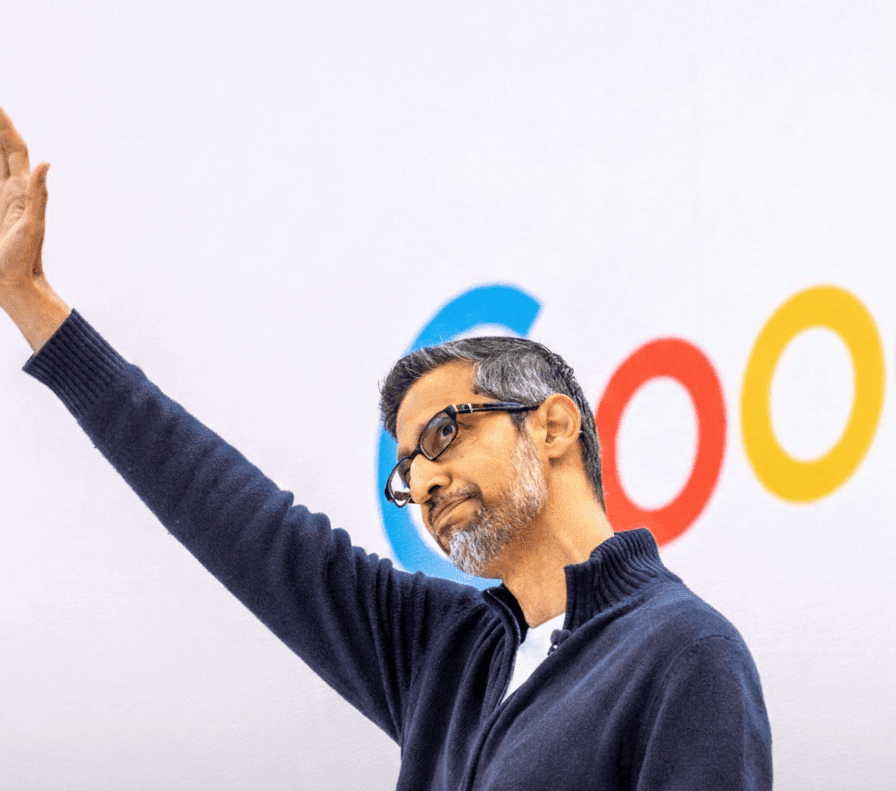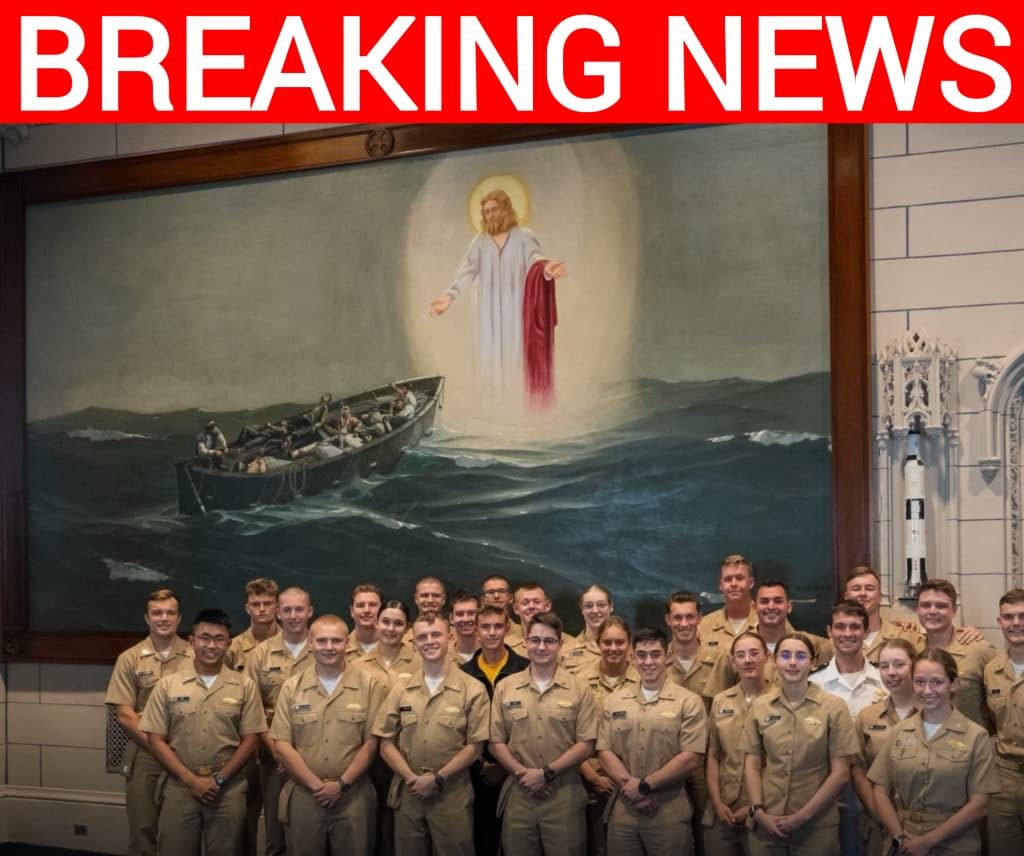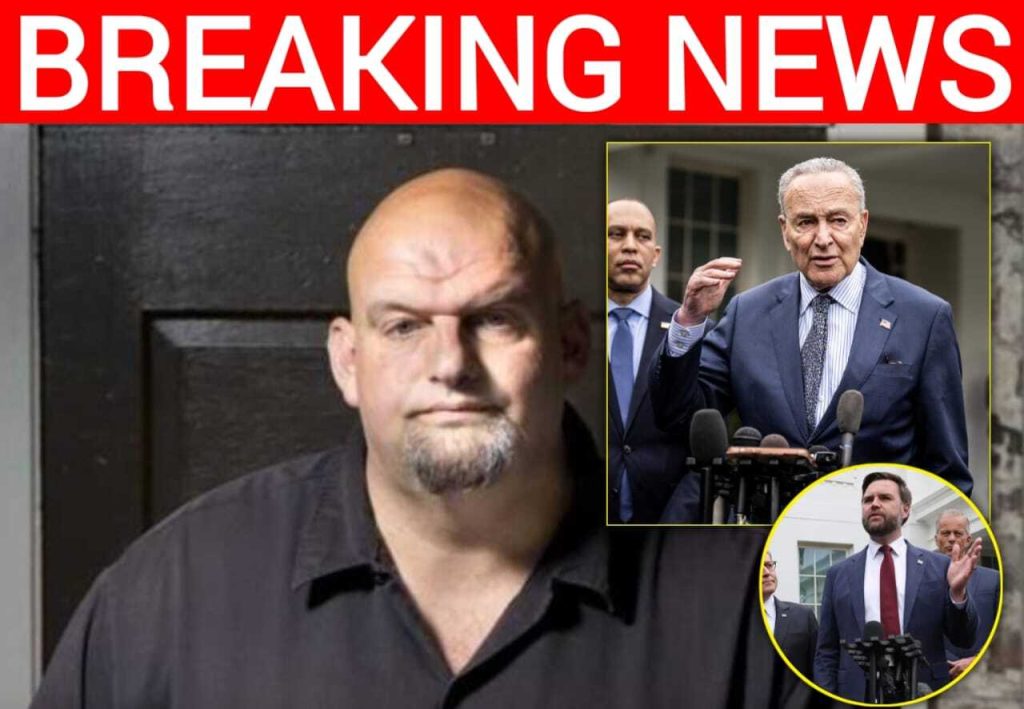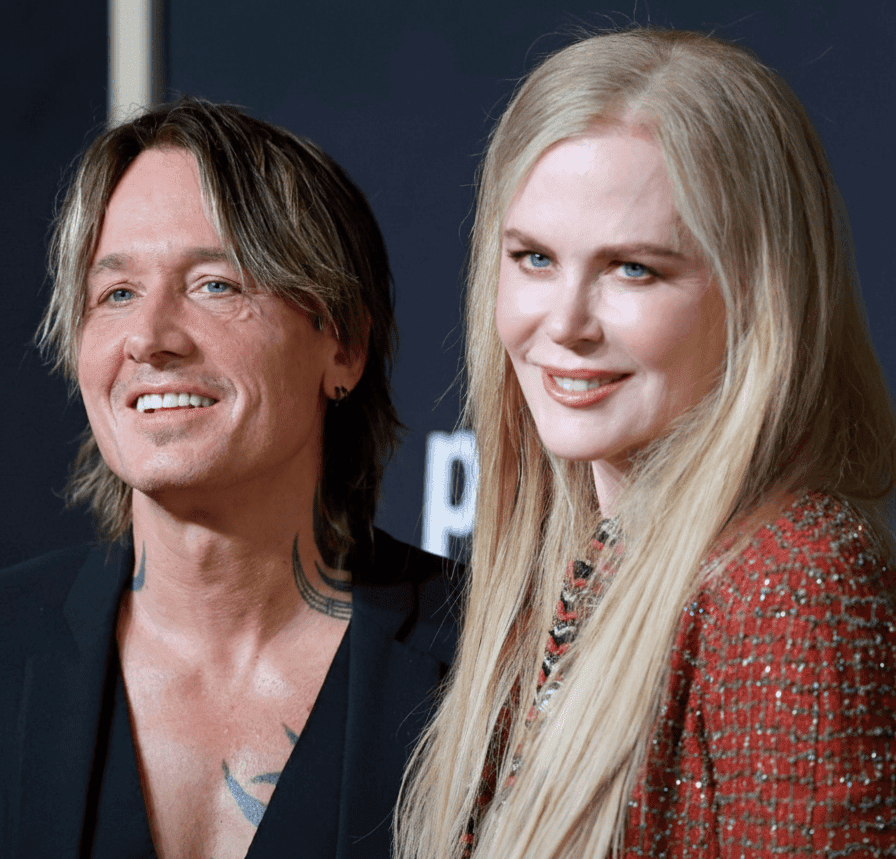Google to Reinstate YouTube Accounts Previously Banned for COVID-19 Content Amid Shifting Policies and Political Pressure
Google has announced that it will reinstate YouTube accounts that were previously banned for sharing content about COVID-19 that violated the platform’s policies at the time. The decision, revealed in a letter sent by the company’s attorneys to a House panel, marks a significant shift in how one of the world’s largest tech companies is handling the delicate balance between content moderation, public health guidance, and free expression.
When the pandemic was at its peak, YouTube implemented strict rules about what users could and could not post. Claims that were seen as contradicting guidance from health authorities like the CDC and the World Health Organization were often removed, and repeated violations led to permanent bans. At the time, the company argued that misinformation could directly lead to harm, such as discouraging vaccinations or promoting unproven treatments. Many accounts, from small independent creators to larger voices, were taken down under these policies.
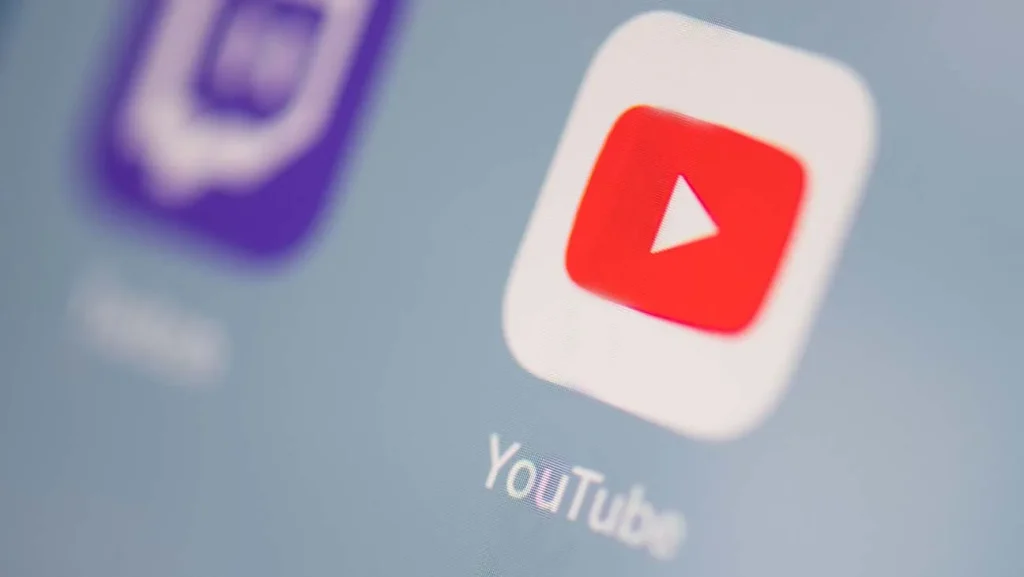
But as the years have passed, the conversation around COVID-19 has changed. Scientific understanding has grown, government guidelines have evolved, and the public debate has shifted. What was once considered a violation is in some cases now part of mainstream discussion. That has left companies like Google in a difficult position: how to reconcile past enforcement with today’s more open dialogue. By reinstating banned accounts, YouTube is signaling a recognition that the landscape has changed, and that its users deserve another chance to engage on the platform.
The move also comes as lawmakers increase their scrutiny of Big Tech companies. Questions about censorship, political bias, and the power of Silicon Valley platforms have become hot-button issues in Washington. By reinstating accounts, Google may be seeking to ease some of the political pressure while also repairing relationships with creators who felt unfairly targeted. The letter to the House panel suggests this wasn’t just an internal decision but one made with an awareness of the larger national conversation.
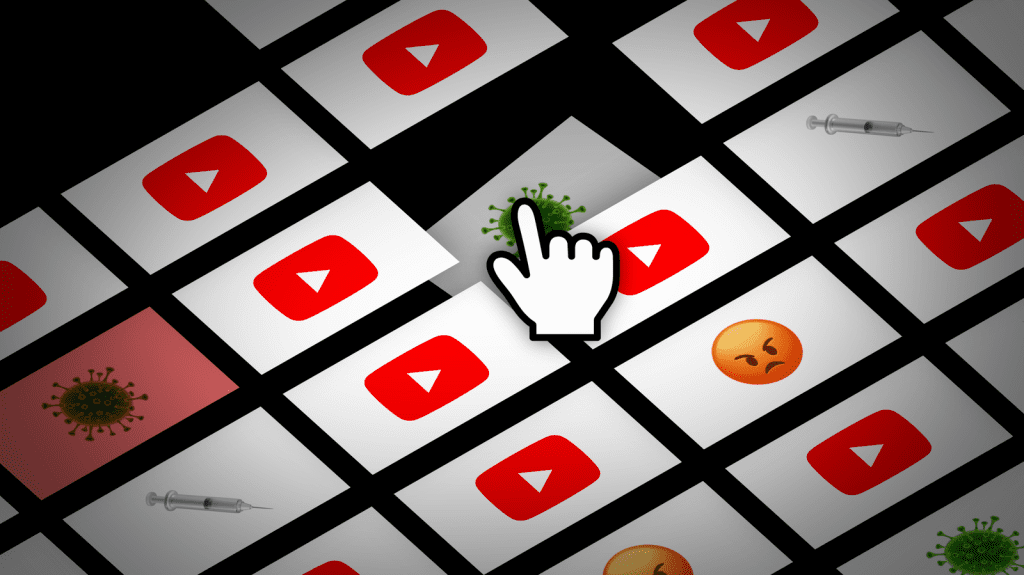
For creators who lost their accounts, the announcement is likely to be met with relief but also a sense of frustration. Years of work were lost when their videos were taken down, and many had to start over on other platforms. For viewers, it raises questions about how online information should be moderated, especially in times of crisis when facts can shift quickly.
YouTube has not signaled that it is abandoning moderation altogether. The company maintains that it will continue enforcing rules against harmful medical misinformation. But the reinstatement of these accounts shows an effort to walk a finer line between protecting public health and respecting the diversity of voices that make YouTube what it is.
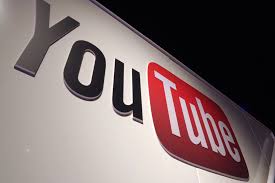
The broader implication is that tech companies are learning, sometimes awkwardly, how to adapt their policies in real time during global events. COVID-19 was unprecedented in scope, and the speed at which information — and misinformation — traveled made platforms like YouTube central players in how the world understood the pandemic. This reinstatement is a recognition of both the difficulty of that responsibility and the need to rebuild trust with the people who use the platform every day.
In the end, the story is bigger than YouTube. It speaks to the ongoing struggle of the internet age: who decides what can and cannot be said online, and how those decisions should change when the world itself changes. Google’s decision to bring back these accounts doesn’t erase the past, but it does mark a new chapter in the ongoing debate about free speech, accountability, and the role of tech giants in our daily lives.
